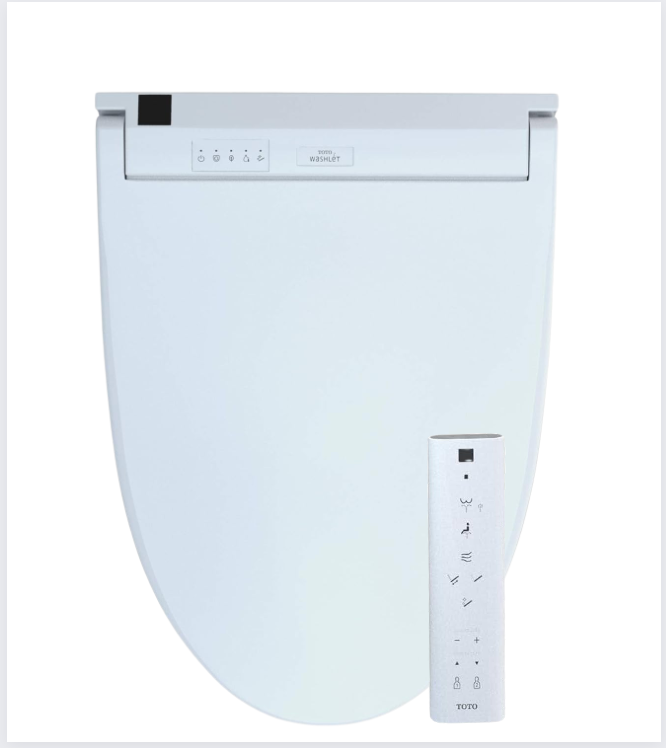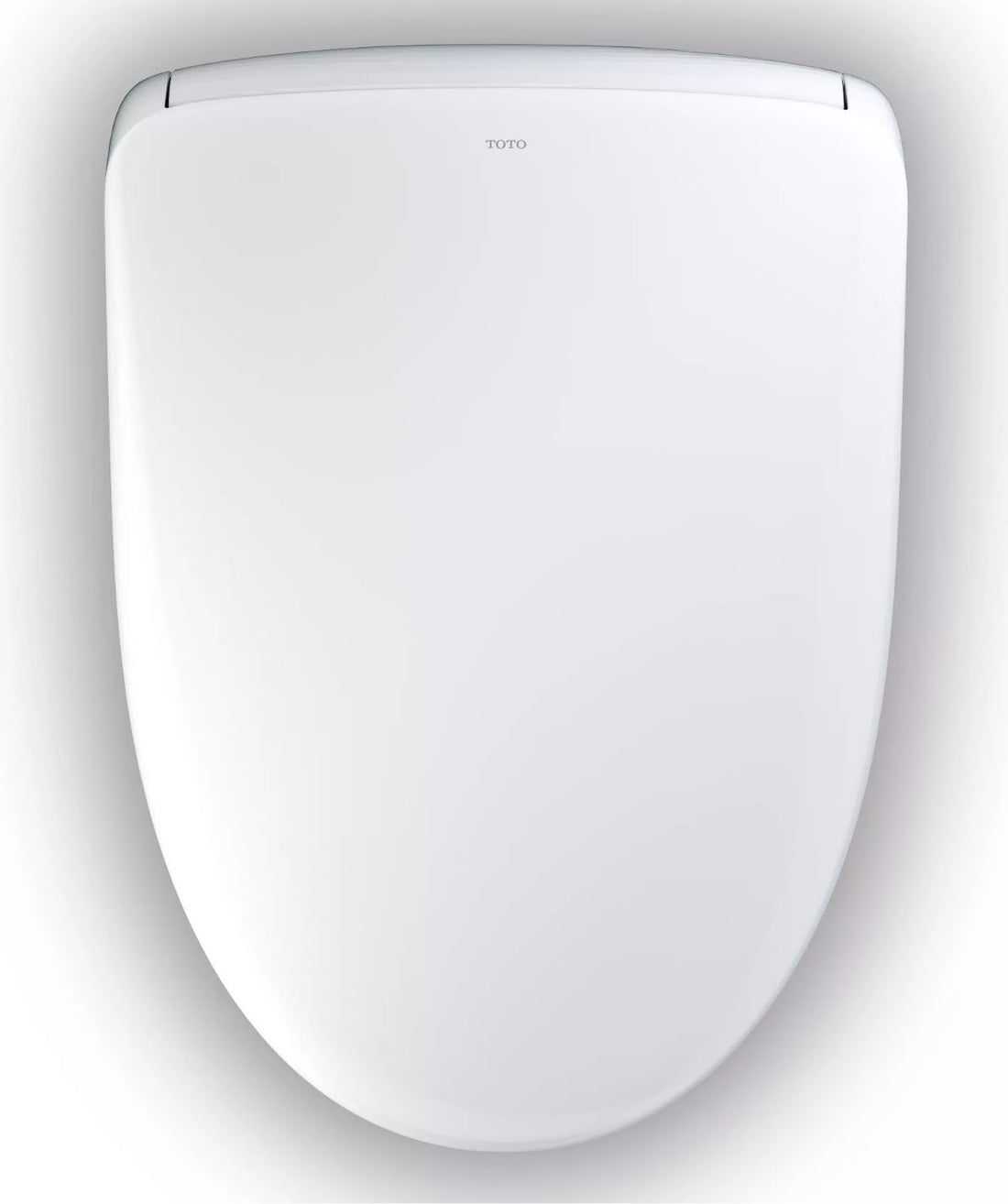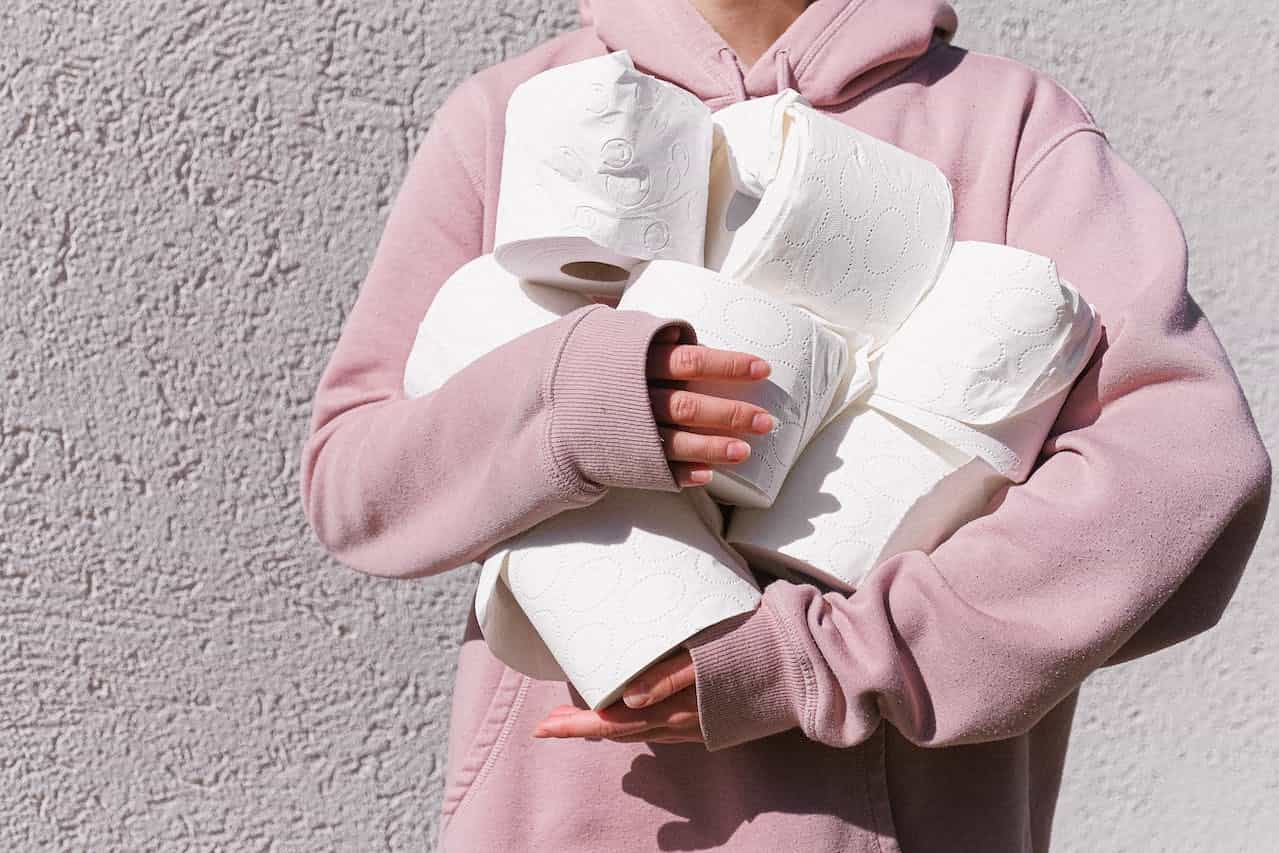When examining bathroom hygiene practices globally, it's fascinating to see the varying reliance on toilet paper. While some countries consider it a staple, others have different methods for maintaining cleanliness after using the restroom. Here's an overview of countries based on their use or non-use of toilet paper:
Countries That Rely Heavily on Toilet Paper
In many parts of the world, toilet paper is not just a convenience but a deeply ingrained part of daily hygiene practices. Countries that heavily rely on toilet paper typically view it as an essential item in the bathroom, reflecting cultural norms, availability, and preferences for this method of cleaning.
1. United States:
In the U.S., for instance, toilet paper is ubiquitous in households and public restrooms. The American market is diverse, offering a variety of types ranging from ultra-soft to eco-friendly options. The preference for toilet paper here is tied to convenience, comfort, and long-standing habits.
2. Canada:
Similar to the U.S., Canada has a strong culture of using toilet paper, with a wide range of products available for consumers. The Canadian market also emphasizes sustainable and environmentally conscious options, reflecting a growing awareness of ecological impacts.
3. Australia:
Australians also predominantly use toilet paper, with a focus on sustainable and eco-friendly options gaining traction in recent years. The use of toilet paper is a standard practice, with Australians placing a high value on quality and sustainability. This has led to an increase in recycled and bamboo-based toilet papers, showcasing a commitment to environmental responsibility.
4. United Kingdom:
In the UK, toilet paper is the primary method of post-toilet cleaning, with a significant market for both luxury and eco-conscious products and toilet paper is a staple in every bathroom. The UK market is known for its variety, including luxury options that offer additional comfort. The preference for toilet paper in the UK is also a matter of habit and perceived hygiene.
5. Many European Countries:
Across Europe, countries like Germany, France, and Italy predominantly use toilet paper, although bidets are also present, especially in Southern Europe. The widespread use of toilet paper in these countries is a testament to its deep-rooted presence in Western hygiene practices.
In these countries, the reliance on toilet paper is not just about cleaning; it's a reflection of cultural norms, societal expectations, and a long history of bathroom etiquette that prioritizes toilet paper as the primary means of post-toilet cleaning. As such, toilet paper remains a fundamental aspect of daily hygiene routines in these regions.
Countries Where Toilet Paper is Less Common
In contrast to regions where toilet paper is a staple, there are many countries around the world where its use is less common, often due to cultural norms, environmental considerations, and alternative hygiene practices. In these regions, other methods, primarily water-based cleaning, are preferred for post-toilet hygiene.
1. Japan:
Japan is an excellent example of a country where toilet paper is used but not as heavily relied upon as in the West. The nation is renowned for its advanced washlets, which are high-tech bidet-toilet combinations providing a range of cleaning options. These sophisticated devices offer features like warm water jets, air dryers, and heated seats, making the use of toilet paper secondary in many Japanese households.
2. India:
In India, the use of water for cleaning is far more prevalent than toilet paper. The common practice involves the use of a bidet or a handheld spray, known as a health faucet. This preference stems from cultural habits and is also influenced by economic factors, as toilet paper can be an expensive commodity in many parts of the country.
3. Indonesia:
Indonesia follows a similar pattern to India, where water is the primary means of cleaning after using the toilet. Most bathrooms are equipped with a bidet or a simple water hose, and the use of toilet paper is relatively rare. This practice is deeply rooted in the country's cultural and religious norms.
4. Middle Eastern Countries:
In many Middle Eastern countries, the use of water is also preferred over toilet paper. This is often facilitated through the use of a bidet or a 'shattaf' – a handheld bidet. The preference for water over toilet paper in these regions is also influenced by Islamic hygienic jurisprudence, which emphasizes purity and cleanliness.
5. Various African Countries:
Additionally, in various parts of Africa, the use of toilet paper is not as widespread. In some regions, economic constraints make toilet paper a less viable option, and the use of water, or sometimes even natural materials like leaves, is more common. This practice is also influenced by the availability of resources and local customs.
In these countries, the lesser reliance on toilet paper showcases a different approach to post-toilet hygiene, one that is shaped by a combination of cultural traditions, religious beliefs, economic factors, and environmental considerations. These alternative methods, particularly the use of water, are deeply ingrained in the daily lives of people in these regions, offering a different perspective on bathroom hygiene practices.
Factors Influencing These Choices
- Cultural Norms and Traditions: Cultural practices and historical norms play a significant role in determining whether a country uses toilet paper or not.
- Availability and Accessibility: The availability of resources like water and the accessibility of products like toilet paper also influence these practices.
- Environmental Concerns: In some regions, the environmental impact of producing and disposing of toilet paper drives the preference for water-based cleaning methods.
- Economic Factors: The cost of toilet paper can be prohibitive in some countries, making water a more economical choice for post-toilet hygiene.
Conclusion:
In conclusion, the choice between using toilet paper or bidets or water sprays varies greatly across the world, influenced by cultural, economic, and environmental factors. As global awareness of sustainable living increases, we might see shifts in these practices, with more countries adopting eco-friendly bathroom hygiene solutions.
Product Links:
Eco-friendly Bidet Model
Eco-friendly & Water-saving Bidet Model
Read More:
- No Toilet Paper It's ok.
- Toilet vs Bidet Why You Need Both
- Why you should Add a Bidet Seat to your Bathroom
- Benefits of Air Purifiers and Why You Need One
- Looking for the Best Luxury Bidet Seat Toto has you Covered






